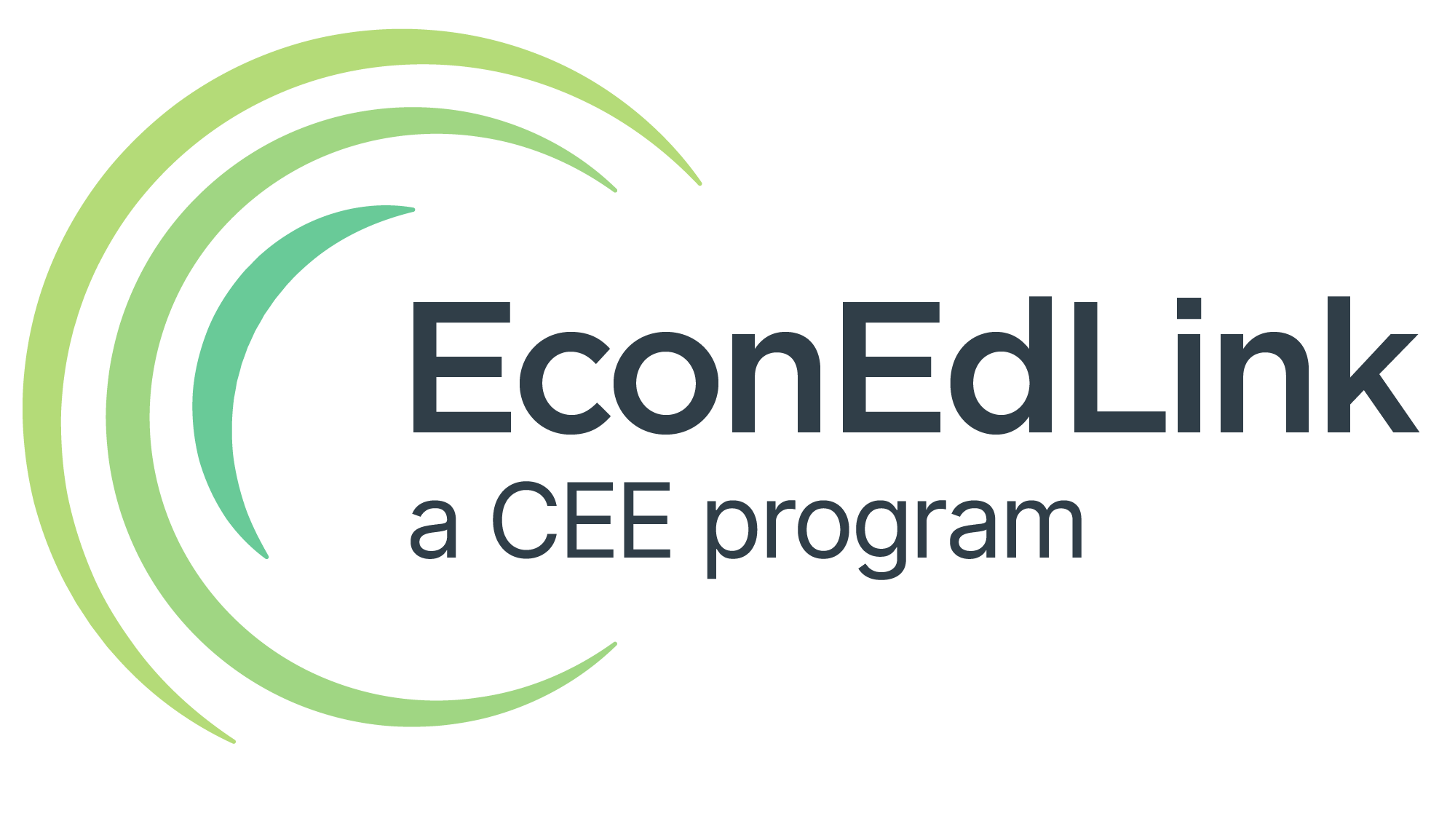
Grades 9-12
Happy EconEdMonth! Celebrate economics all month long by visiting EconEdMonth.org

Don't have an account yet? Sign up for free
Don't have an account yet? Sign up for free

Students will be introduced to the sources of campaign war chests, learning about the recent court decisions that have allowed for the creation of “Super PACS” and 501 (c) (4) organizations. The exploration will turn to how a candidate raises resources and how spending has accelerated in recent election cycles. Finally, in an activity, the students will be assigned to groups and play the role of campaign strategists in one or the other major party. They will use an array of data, their understanding of the lesson’s content, and a map of the United States to determine which states they will identify as safely in their camp, locked up by the opposition, or a battleground state worthy of resource deployment.
Money and elections have been uneasy bedfellows throughout the history of American politics as the power of the purse has been leveraged to influence election outcomes. While The Teapot Dome scandal and Watergate, for example, have led to restrictive reforms in campaign finance rules, recent Supreme Court decisions have erased these boundaries. This has lead to a dramatic rise in the quantity of money pouring into the latest election cycles. Citizen’s United v. FEC (Federal Election Commission) and McCutcheon v. FEC have equated political donations to protected speech and eliminated limits on how much one can contribute.
In the 2012 federal election cycle, a whopping $6.3 billion was spent on campaigning—twice the amount spent in 2000. A study by the Sunlight Foundation, an advocate for government transparency, found that a group of Americans comprising less than a tenth of one percent of the U.S. population accounted for 28% of all disclosed contributions throughout the 2012 election.
Despite this explosion of resources available to political candidates, the difficult question of where to spend it still remains. The number of voters grows consistently but the methods to reach them create the most confounding issues. As voters move gradually away from traditional media outlets to more contemporary ones, where are advertising dollars best spent?
Demographic shifts require focus on Spanish language speakers and cable-cutting youth. Single issue voters embracing the Second Amendment or Marriage Equality have to be targeted. What states demand attention and what states can be ignored? Campaigns must weigh the benefits of allocating campaign funds to a state versus the costs of conducting the campaign. States with few electoral votes or states where a candidate has little chance of swaying voters to their campaign represent little benefit to a candidate and not worth the cost of precious campaign funds. On the other hand, states with many electoral votes whose voters can be swayed represent large benefits and are therefore worth the cost of campaigning.
Be able to:
Sources
Citizen’s United- https://www.nytimes.com/2014/10/20/us/the-cost-of-campaigns.html?_r=2
Super PACS and Dark Money- https://sunlightfoundation.com/2015/10/30/the-difference-between-super-pacs-and-dark-money-groups/
1 percent of the 1 percent- https://sunlightfoundation.com/2013/06/24/1pct_of_the_1pct/
Cost of the 2012 election- https://www.theatlantic.com/politics/archive/2012/11/most-expensive-election-history-numbers/321728/
How Candidates spent their $1 billion- https://www.nationaljournal.com/s/65877/how-do-presidential-candidates-spend-1-billion?mref=scroll
Ideological differences between Democrats and Republicans- https://www.diffen.com/difference/Democrat_vs_Republican
Party Affiliations- https://www.people-press.org/2015/04/07/a-deep-dive-into-party-affiliation/
Party identification by state- https://news.gallup.com/poll/181475/massachusetts-maryland-democratic-states.aspx
Two Americas- https://www.theatlantic.com/politics/archive/2016/01/two-versions-of-america-emerge-in-the-presidential-campaign/458844/
Red and Blue Shifts in 2012- https://fivethirtyeight.blogs.nytimes.com/2012/11/19/the-2012-election-in-a-relative-sense/?mtrref=undefined&gwh=C23B1F7864C4AFEBAFF61245E7CC7915&gwt=pay#more-37416
Breakdown of demographic groups- https://projects.fivethirtyeight.com/2016-swing-the-election/ https://projects.fivethirtyeight.com/2016-swing-the-election/
Changing demographics in swing states- https://www.theatlantic.com/politics/archive/2015/02/the-most-valuable-voters-of-2016/431865/
Gun ownership by state- https://www.businessinsider.com/gun-ownership-by-state-2015-7
Frequency of church attendance by state- https://news.gallup.com/poll/181601/frequent-church-attendance-highest-utah-lowest-vermont.aspx?utm_source=Social%2520Issues&utm_medium=newsfeed&utm_campaign=tiles
Religious divergence in the parties- https://www.theatlantic.com/politics/archive/2015/11/how-americas-demographic-revolution-reached-the-church/433455/
Positions on same-sex marriage by state- http://www.ijreview.com/2015/02/250044-see-american-opinion-sex-marriage-changed-last-decade/
Abortion providers by state- https://www.bustle.com/articles/137274-how-many-abortion-providers-are-there-in-your-state-the-numbers-have-dropped-its-a
Voter turnout by state- https://www.fairvote.org/what_affects_voter_turnout_rates https://www.pewresearch.org/fact-tank/2013/09/23/study-early-voting-associated-with-lower-turnout/ https://journalistsresource.org/studies/politics/elections/unequal-voter-turnout-u-s-presidential-elections/
Number of senior citizens by state- https://www.thoughtco.com/senior-citizen-population-by-state-3325157
Union membership by state- https://www.bls.gov/news.release/pdf/union2.pdf
Rural communities by state- https://gis-portal.data.census.gov/arcgis/apps/MapSeries/index.html?appid=7a41374f6b03456e9d138cb014711e01
Constructed Response Questions
MULTIPLE CHOICE

Grades 9-12


Grades 9-12

Grades 9-12
